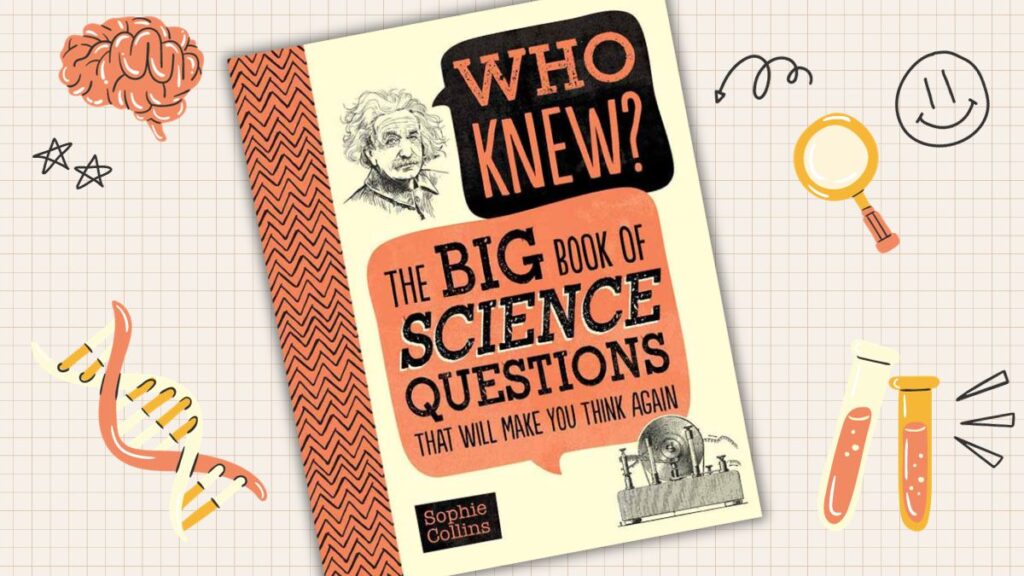By Brian Boone
We knew, that’s who. Uncle John and his team have acquired a nearly infinite amount of knowledge, and their research library is almost as big. Got a science question? They can sort it out for you in terms anyone can understand. Before you check out Who Knew? The Big Book of Science Questions That Will Make You Think Again, get some A’s to some common Q’s below.
Why is urine yellow?
When liquid leaves the body it’s just the last step of the body’s extremely efficient waste-removal system. The kidneys clean the blood of toxins, salts, and other chemicals, and send the purified red stuff back to the heart, where it’s then sent out to the cells of the body. The waste products left behind form urine, and it heads to the bladder for storage, then into the urethra, and then all the way out once you find a restroom. If it appears a shade of yellow, that’s because of a brightly-colored waste substance called urobilin, which forms in the intestines. It also functions as a tool your body uses to let you know its hydration level—if the urine is clear, that means the urobilin is diluted with water, and you’re hydrated. If the pee is bright yellow, the urobilin is prominent, and it’s a sign you should try to drink more water.
Uncle John shares his answers to your popular questions.
Is there a scientific reason for why are hospitals always seem to be so cold?
Absolutely. It’s mainly about stopping or slowing the growth of bacteria. Hospitals are full of sick people, and where there are sick people, there’s a preponderance of germs. Bacteria, viruses, and germs all grow—and grow quickly—in warm environments. By making hospitals just cold enough as to be uncomfortable (around 65 degrees, on average), that’s just enough to cut off germs in their tracks.
How does a gas mask work?
Miners, fishermen, and deep-sea divers needed a way to safely breathe in low-oxygen situations. Crude solutions didn’t work, as they were usually some kind of non-air-tight helmet connected to a far away source where air was hand-pumped. In 1916, Garrett Morgan introduced the first true gas mask—it could be worn in dangerous conditions and didn’t need anything other than its on-board tech to work. He demonstrated it to the public by rescuing 32 workers trapped in an underground tunnel underneath Lake Erie. The mask used a wet sponge to filter out smoke and also cool the breathable air, which came to the face-piece via an intake tube placed near the ground—as smoke rises, the clean air stays low. Morgan’s design was the basis of gas masks worn by U.S. troops in World War I, which kept them less exposed to German chlorine gas attacks.
Who Knew? The Big Book of Science Questions That Will Make You Think Again is full of answers to hundreds of burning questions, and it’s out now from Portable Press.









